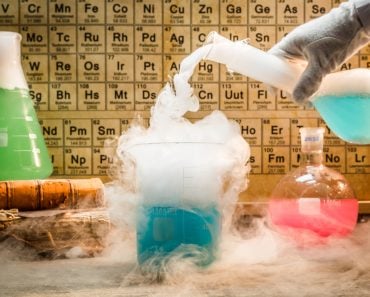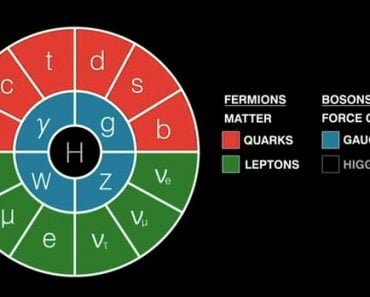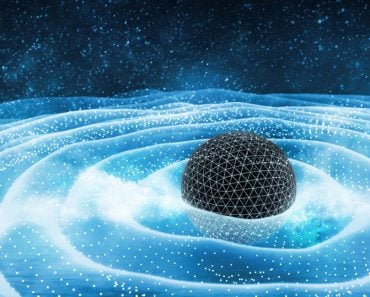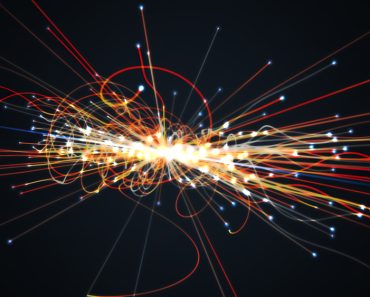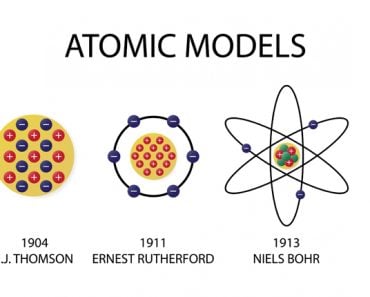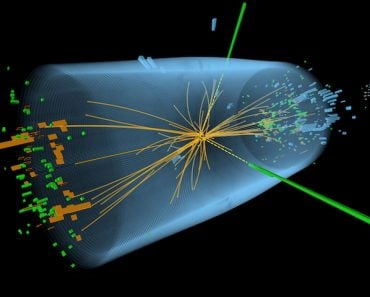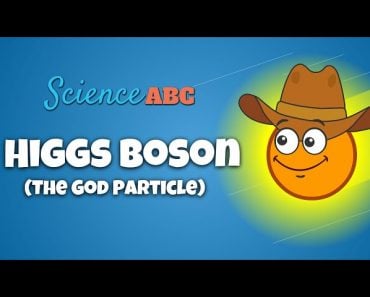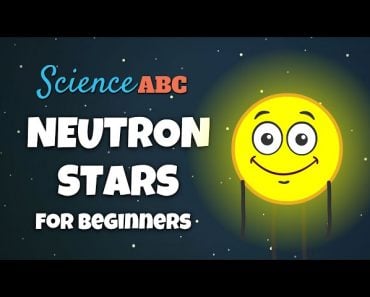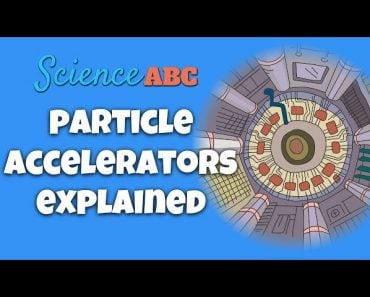Table of Contents (click to expand)
Quarks are the most basic building block of the universe. They are subatomic particles that make up every proton and neutron in existence. There are six different varieties of quarks, which are Up, Down, Top, Bottom, Strange, and Charm.
Since the earliest days of humanity, we have been obsessed with figuring out how things work. One of the best ways to do this is to find out what the world is made of. In ancient times, scholars believed that the universe was composed of four basic elements – fire, earth, air and water. Ether was eventually added to this list by Socrates, but even he was rather far off the mark.

Nowadays, most people know that everything we see or touch is composed of elements found on the periodic table. Those elements are composed of atoms, which are further classified based on the number of protons, neutrons and electrons that they contain. For a long time, these were assumed to be fundamental particles – meaning you couldn’t break them into anything smaller. However, in 1964, that changed in a major way. Enter…. QUARKS!
The question is…. what the heck are they?
Recommended Video for you:
The Most Basic Building Block
Although quarks have technically been around since the very first instants of the universe – less than 1 terasecond (10^-12) after the Big Bang, in fact – we didn’t know they existed until roughly 13.77 billion years later. We had been happily living under the impression that you could never go any smaller than protons, neutrons and electrons, but the madness of scientists prevailed, and they were determined to go deeper.
Particle accelerators have only been around since the middle of the 20th century, but they have given us an incredible amount of insight into the world around us. Basically, particle accelerators allow researchers to speed up particles to nearly the speed of light… and them smash them into one another. The resultant explosions and separations of particles helps scientists see how particles interact, and give us some idea of what those first moments after the Big Bang could have looked like.
Back in 1964, at the Stanford Linear Accelerator, the results of these smash-up experiments puzzled researchers. Within the heart of atoms, they noticed three distinct areas where electrons were bouncing off in unusual patterns – moving much further away from the protons into which they were being smashed. Quarks were initially theorized as smaller particles that make up protons, and research since then has confirmed their existence.
By definition, they are subatomic particles that make up every proton and neutron in existence. Electrons are slightly different, and are technically called leptons, which are not the same thing as quarks. This is why electrons are such good battering rams in particle accelerators – they are already at the fundamental level (i.e., they can’t break down any further).
When those electrons were rebounding off of the proton, and those three distinct areas of “rebound” were noted, researchers knew that they had found something very special.
Also Read: What Is The Smallest Particle We Know?
The Mysterious World Of Quarks
While researchers knew that something lay within the shell of a proton, they had never expected the fascinating world that they found. As it turns out, not all quarks are created equal. Initially, researchers only knew of two “flavors” of quarks, Up and Down, but the more they looked at these incredibly small and transient particles, they realized there were four other flavors – Top, Bottom, Strange and Charm.
The two lightest quarks (in terms of mass) are Up and Down, followed by Strange, Charm, Bottom and Top. Top is not only the heaviest, but also the final quark to be discovered, back in 1995.
The biggest difference between these six varieties is the mass of the quarks, but some of them also have different charges. Three of the quark flavors (Up, Top and Charm) have a charge of +2/3, while the other three flavors (Down, Bottom and Strange) have a charge of -1/3. As most of you probably know, protons have a charge of +1, while neutrons have a charge of 0. Therefore, different combinations of these quarks make up protons and neutrons as we know them. For instance, a proton may have 2 Up quarks (+4/3) and 1 Down quark (-1/3). This would total +1, which is the charge of any proton. Similarly a neutron might have 2 Bottom quarks (-2/3) and 1 Top quark (+2/3), equaling a total charge of 0.
Keeping these tiny particles together are gluons, which are charge-holding particles, similar to photons, although quarks carry the strong electromagnetic force, while photons carry electromagnetic force. Gluons are fascinating in and of themselves, but they are incredibly difficult to separate from quarks, and can therefore only be observed in particle accelerators.
Researchers also found that these flavors aren’t even permanent; Charm quarks can turn into Strange quarks, and Down quarks can shift to Up quarks. The names may seem a bit odd, but there is an explanation for them. Up, Down, Top and Bottom quarks were named because of how they are represented in a vector matrix (+1/2 and -1/2, in terms of their spin). The Strange quark was so named because of the unusually long lifetime of the K particle, which is where that quark was first found. Finally, the Charm quark earned its name because it supposedly “charmed” the researchers who discovered it, since it provided such a perfect symmetry to the subatomic world.
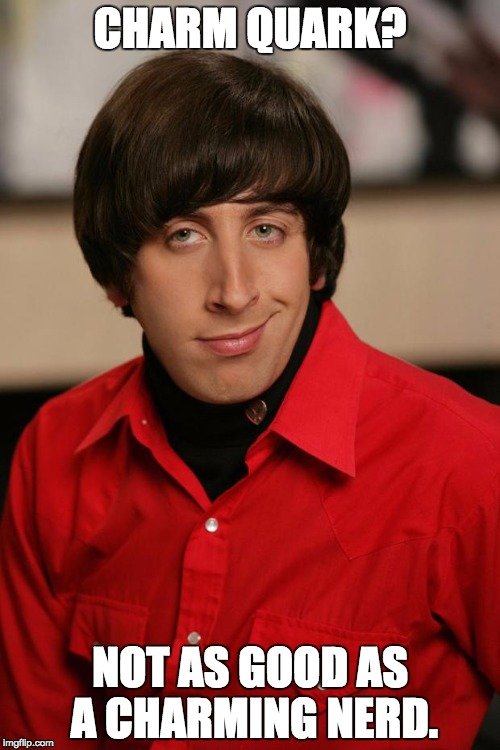
What many people don’t realize is that Up and Down quarks are the only ones that are naturally occurring and can be seen in nature. The other four flavors can only be witnessed in particle accelerators, and even then, they last for a fraction of an instant, making them very difficult to observe and study. It is also believed that the other flavors may exist in the burning hearts of stars.
Although more than 50 years has passed since we first discovered that quarks existed, they remain largely a mystery, although significant time and money has been poured into research of these fundamental particles. It may seem like a frustrating pursuit, but by understanding the most basic component of existence, we get incrementally closer to unlocking the secrets of the universe!

